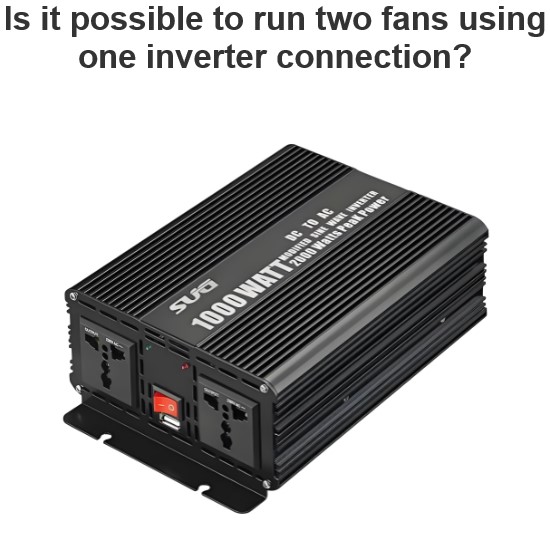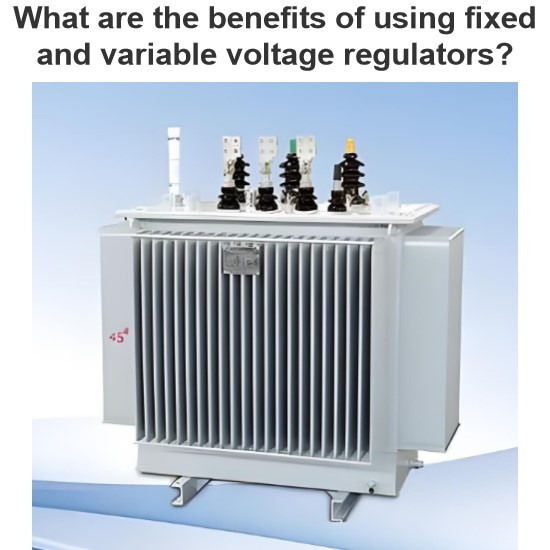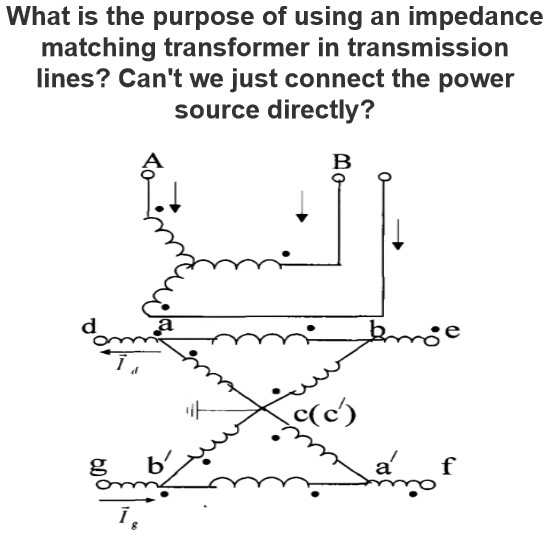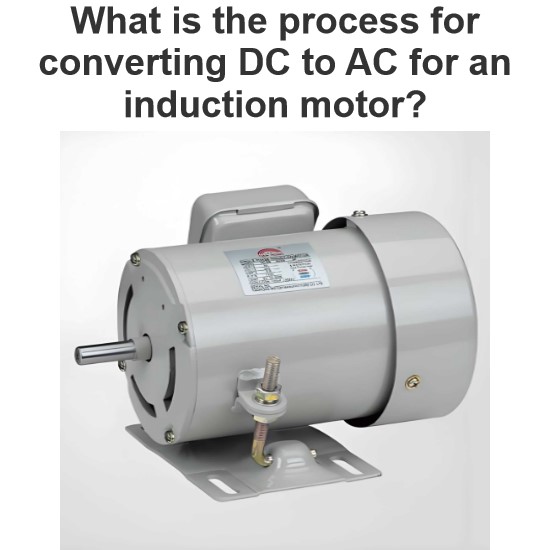Can you explain the differences between an electric starter and a piezoelectric igniter in terms of operation, cost, and efficiency?
The following are the differences between electric starters and piezoelectric igniters in terms of operation, cost, and efficiency:
I. Operation
Electric starter
Starting method: Usually requires a power supply such as a battery or an external power source. The motor drives relevant mechanical parts to work and starts the equipment. For example, in some power tools, after pressing the start button, the current flows into the motor. The motor rotates and drives gears or transmission mechanisms, thus making the tool start to operate.
Operation complexity: Relatively complex and may require certain technical knowledge and operating experience. For example, when installing and connecting an electric starter, it is necessary to ensure correct electrical connection and mechanical installation. Otherwise, it may lead to startup failure or equipment damage. In addition, some electric starters may also require parameter setting and debugging to adapt to different working conditions.
Reliability: Under normal circumstances, electric starters have high reliability. However, if there are problems with the power supply, motor failure, or mechanical part damage, it may lead to startup failure. For example, insufficient battery power, poor contact of power cords, or short circuits in motor windings can all affect the normal operation of electric starters.
Piezoelectric igniter
Starting method: Utilizes the characteristics of piezoelectric materials to generate high voltage through mechanical pressure, thereby igniting combustible gas or triggering other chemical reactions. For example, in a lighter, when the button is pressed, the internal piezoelectric crystal is deformed by pressure and generates a high voltage of several thousand volts, forming an electric spark and igniting the combustible gas in the lighter.
Operation complexity: Very simple. Usually, only pressing a button or applying a certain mechanical pressure is required. No power supply is needed, and no complex installation and debugging are required. For example, when camping outdoors, using a piezoelectric igniter to light a bonfire is very convenient without worrying about battery power loss or power failure.
Reliability: Generally speaking, piezoelectric igniters have high reliability. Due to their simple structure and no complex electronic components and mechanical parts, they are not prone to failure. Even in harsh environmental conditions such as humidity, cold, or high temperature, piezoelectric igniters can work normally.
II. Cost
Electric starter
Manufacturing cost: Usually high because it involves multiple complex components such as motors, electronic control elements, and mechanical transmission parts. For example, a high-quality electric starter may require the use of precision motors, high-performance electronic controllers, and durable mechanical parts. The manufacturing and assembly costs of these parts are relatively high.
Maintenance cost: Relatively high. Regular inspection and maintenance of motors, electronic control elements, and mechanical transmission parts are required. For example, motors may need to replace brushes and check winding insulation performance regularly; electronic control elements may need software upgrades and troubleshooting; mechanical transmission parts may need to add lubricating oil and adjust clearances. These maintenance tasks require certain technical knowledge and professional tools, which may increase maintenance costs.
Life cycle cost: Under normal use, the service life of electric starters is relatively long. However, if used improperly or maintained improperly, it may shorten its service life. For example, frequent starts and stops, overload operation, and harsh working environments can all affect the life of electric starters. When an electric starter fails, the replacement cost is also relatively high.
Piezoelectric igniter
Manufacturing cost: Usually low because its structure is simple and mainly consists of components such as piezoelectric crystals, ignition electrodes, and housings. For example, the manufacturing cost of an ordinary piezoelectric igniter may only be a few yuan. Moreover, the production process is relatively simple and does not require complex mechanical equipment and high-precision processing technology.
Maintenance cost: Almost zero because piezoelectric igniters have no parts that need maintenance. As long as there is no serious physical damage, piezoelectric igniters can be used for a long time without any maintenance.
Life cycle cost: Generally speaking, the service life of piezoelectric igniters is very long and can even reach tens of thousands of ignition times. Even under frequent use, it is not easy to fail. When a piezoelectric igniter fails, the replacement cost is also very low.
III. Efficiency
Electric starter
Starting efficiency: High. It can provide large starting torque and power in a short time and is suitable for starting large equipment or occasions that require quick starts. For example, in industrial production, electric starters can quickly start large motors and make production equipment quickly enter the working state.
Energy conversion efficiency: Depends on the efficiency of the motor and electronic control elements. Generally speaking, the energy conversion efficiency of modern electric starters is relatively high and can reach more than 80%. However, in low-load or partial-load situations, the efficiency of electric starters may decrease.
Application range: Suitable for various equipment that requires electric drive, such as motors, engines, pumps, etc. Different types and powers of electric starters can be selected according to different equipment requirements.
Piezoelectric igniter
Starting efficiency: Low. Usually, only instantaneous high-voltage electric sparks can be generated and is suitable for igniting combustible gas or triggering other chemical reactions. For example, in small devices such as lighters and gas stoves, piezoelectric igniters can quickly ignite combustible gas but cannot provide continuous energy output.
Energy conversion efficiency: Very high because piezoelectric materials can directly convert mechanical energy into electrical energy when subjected to mechanical pressure with almost no energy loss. However, due to the small energy generated by piezoelectric igniters, the efficiency in practical applications is limited to a certain extent.
Application range: Mainly suitable for occasions that require instantaneous ignition, such as lighters, gas stoves, fireworks, etc. Due to its simple structure, small size, and light weight, it is very suitable for use in small devices.
The Electricity Encyclopedia is dedicated to accelerating the dissemination and application of electricity knowledge and adding impetus to the development and innovation of the electricity industry.




